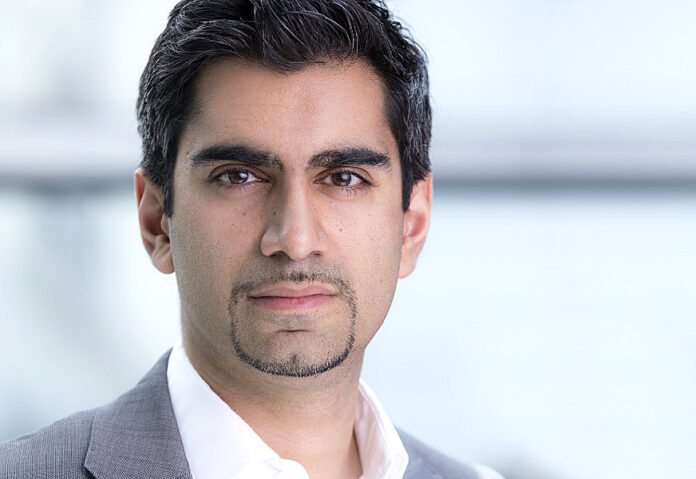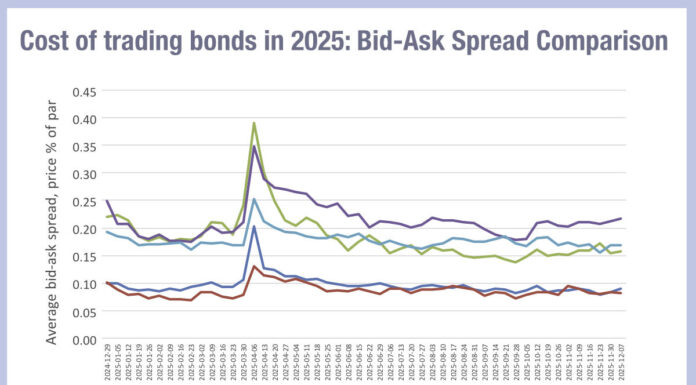Many firms are considering merging their order management systems (OMSs) and execution management systems (EMSs), but oversimplification could be counterproductive, delegates at this year’s CMX conference were told.
While different products and asset classes share similarities, and are growing more comparable as a result of automation and consolidation, there are still nuances between them that cannot, and should not, be ignored.
“If you want the best outcomes, you need specialisation,” affirmed David Shack, vice president of trading technology at Fidelity International.
Having standards in place to connect different areas is beneficial, and could help to combine liquidity pools across asset classes, trying to consolidate everything should not be the end goal, he suggested.
“The needs of the portfolio manager are different to that of the execution trader,” added Ravi Sawhney, global head of buy-side execution at Bloomberg.
It is important that these products are able to service all aspects of the buy side as best they can, and the buy versus build debate has changed massively over the past 18 months, he said, stating that firms want to prioritise buying but have greater control and the ability to build on top of it.
When choosing a vendor or partner, Grant Lowden, head of go-to-market verticals at Simcorp, explained how rising costs and greater consolidation are leaving smaller startups struggling to survive. As a result, firms may integrate a product but soon have to remove it as the company folds or is bought out by a larger, potentially unattractive organisation.
Firms should also consider how well vendors understand different asset classes before making their decisions.
“There’s always a compromise to be made”, Shack said, but warned they shouldn’t be trying to fit a square peg in a round hole.
He added that there should be a top-down approach rather than starting with platform consolidation and working up from there; leaders need to have a clear vision.
Cost is no doubt a factor as firms consider merging their OMS and EMS, but improving efficiency on the desk is also an important aspect. If firms focus too heavily of cost, they could end up with an inferior outcome, warned Lowden. The reason this conversation is so prevalent recently is that the EMS industry is facing potentially catastrophic challenges, he observed, and is having to look for ways to diversify strategies.
While complete consolidation across asset classes and products may not be the way forward, desktop integration offers a consolidated workspace, Shack suggested. FTC 3 removes the need to decide on a single system, he explained, allowing for the benefits of a multi-asset desk — such as improvements to workflow and efficiency — without fully committing to a multi-asset system.
There is not a one-size-fits-all solution, Shack concluded. Firms need to work out what works well for them as a shop and get the right tools for the job, he said, using a mixture of build and buy. Vendors that take a component approach should be prioritised, he continued, allowing for greater flexibility.
©Markets Media Europe 2024
©Markets Media Europe 2025










